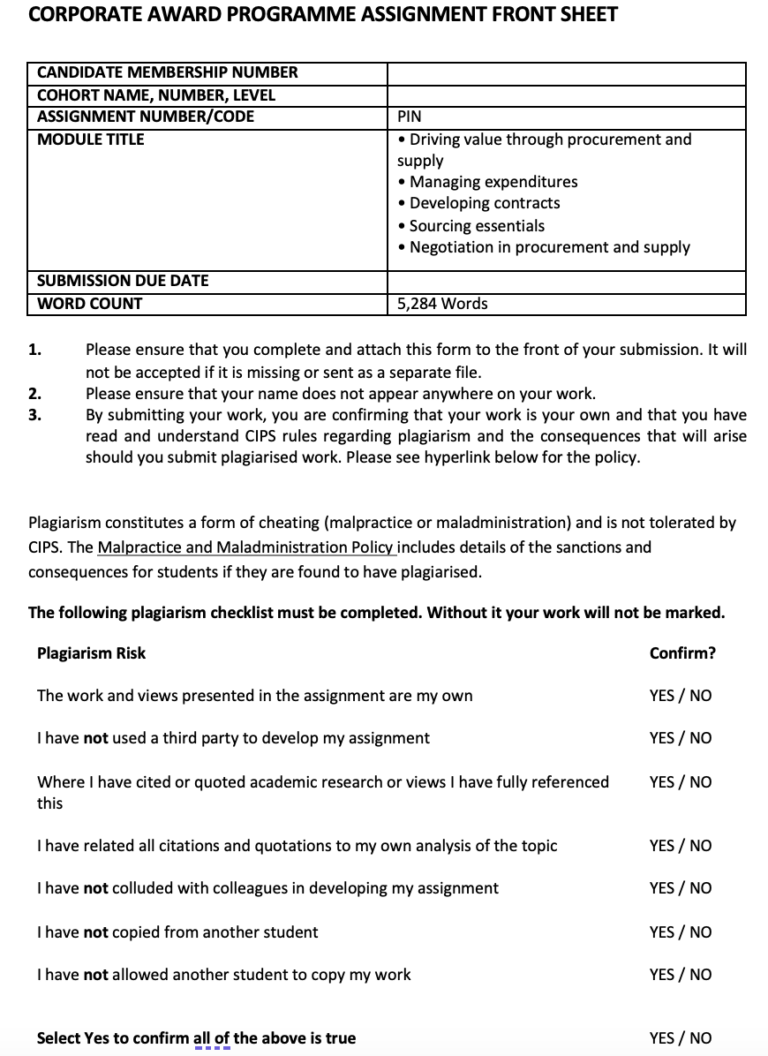Description
Solution
(Solution) 5CO01(AC2.4) Discuss models to show how change is experienced
In order to demonstrate the experience of change in an organisation, Kubler Ross Change Curve Model can be referenced (Lindblad, 2022). Initially, this model was meant to guide the grieving/mourning session. These experiences are identified as including denying, angry, bargain, depressed and accept.
Denial– This experience entail the employees feeling that the change is not necessary. A case example is where the hybrid working change program would be perceived as a change to take jobs from some of the employees. Also, it could be viewed as a practice of eliminating some of the privileges offered to the employees.
Anger– In change, experience could be emotional after termination of the denial stage. It is possible to feel frustrated with the change process particularly in regard to losing their jobs due to issues of flexible working provision.
Bargaining– In bargaining process, this stage entail employees being provided with an opportunity to negotiate for their input in the hybrid working program.
Depression– In the hybrid working implementation, depression mean they are unsure on their role in the hybrid working process implementation (Lukianov et al., 2020).
Acceptance– This stage means the employees accept the hybrid working arrangement as important to them. This is while supporting the process and recommending areas of improvement to be part of their culture.
Emotions, Behaviours and Positives Impacts of Change
In the identified phases, employees evidence a set of feeling and practices. To begin with, they gain a feel of need to be aggressive leading to absenteeism in their roles or failing to be enthusiastic to work in teams. In regard to benefits, Lindblad (2022) highlight employees gaining from being resilient, flexible and actively taking part in their operations.
The positives of the change strategy is inclusive of effective collaboration with the rest of the organisation employees. Through a two-way feedback being enhanced and points of concerns increased, working in a flexible environment would be enhanced. Similarly, awareness by the various entities which support the staff by emotional wellbeing lead to challenges with performance.
Please click the following icon to access this assessment in full
Related Papers
(Solution) AbbVie PART 1: Case Study Analysis
(Solution) CIPS Module 6- Project, Programme and Change Management in Procurement and Supply Chain
- Enhanced Suppliers Performance- With an upward of 50,000 orders annually with 40% valued more than 5 million Omanis and 50% 20 Million Omanis, failure to timely settle invoices, demand for high quality materials and minimising effects would be considered.
- Cost savings- With improved SRM, it is possible for Oxy to negotiate appropriate terms, lower procurement costs (5 Rights not currently achieved) hence working below targets and lead times delivery reduced and achieving economies of scale.
- Increased efficiency- improved and streamlined SRM improve operational efficiency, reducing wastes in administration process for SRM (25% of entire suppliers pay delayed)
- Risk mitigation- this include identification of risks linked with suppliers such as dissatisfaction, financial instability and geopolitical challenges
- Oxy organisation PS&M is supposed to come up with appropriate systems and techniques for improvement of SRM
- Oxy organisation need to make sure they use various automations including AI and robotics for improving collaboration and SRM efficiency.
- Facilitate policies management for improving their operations in onshore and offshore operations with an improved SRM
- Short courses on SRM need to be provided starting with PS&M leadership to achieve 50% increase in awareness of SRM improvements areas.
- Stakeholders relations improved by leveraging on available technologies of communication and interaction.
- Ensure there is 70% increase in budget on SRM improvements
(Solution) CIPS PIN Final Assessment Negotiation in procurement and supply
- In this integrative assessment for Corporate Award Program establishes it has provided a formal commercial negotiation for Occidental of Oman operating in oil and gas industry.
- Commercial negotiation plan has been developed by reference to data, factual information and CIPS tools. HSE and chemicals portfolio spend category has been identified and evaluated in-depth to come up with an appropriate negotiation plan.
- The importance of identifying the HSE and Chemicals are informed by the previous COVID-19 pandemic which has informed on the need for adopting healthy business environment which is free from any infections.
- Further, coming from the pandemic where the level of business operations had significantly reduced and the organisation need to restart their operations by cleansing their systems and machines. In this case, the need for HSE and the chemicals portfolio in Occidental of Oman has been in an upward trajectory.
- For negotiation successful implementation, Occidental of Oman involves professionals, terms and conditions initiated, holistic readiness and streamlined procurement and supply chain approaches. This is with good forecast and plans being core for guaranteeing customers services delivery on time.
- From the analysis, different tools including SWOT, PESTLE and 4R’s have evidenced that Occidental of Oman is always on the advantage of ensuring they achieve the Best Alternative for Negotiated Agreement (BATNA).
- Also, this report highlight the need for holistic planning by prioritising on all expectation from the initial opening to the closure and agreement phases of negotiation.



